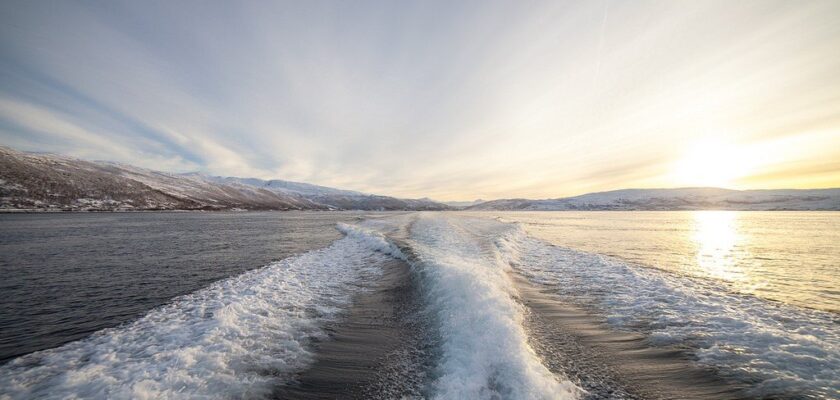Arctic Ocean
The Arctic Ocean is the Earth’s smallest ocean by area, located between Eurasia and North America.
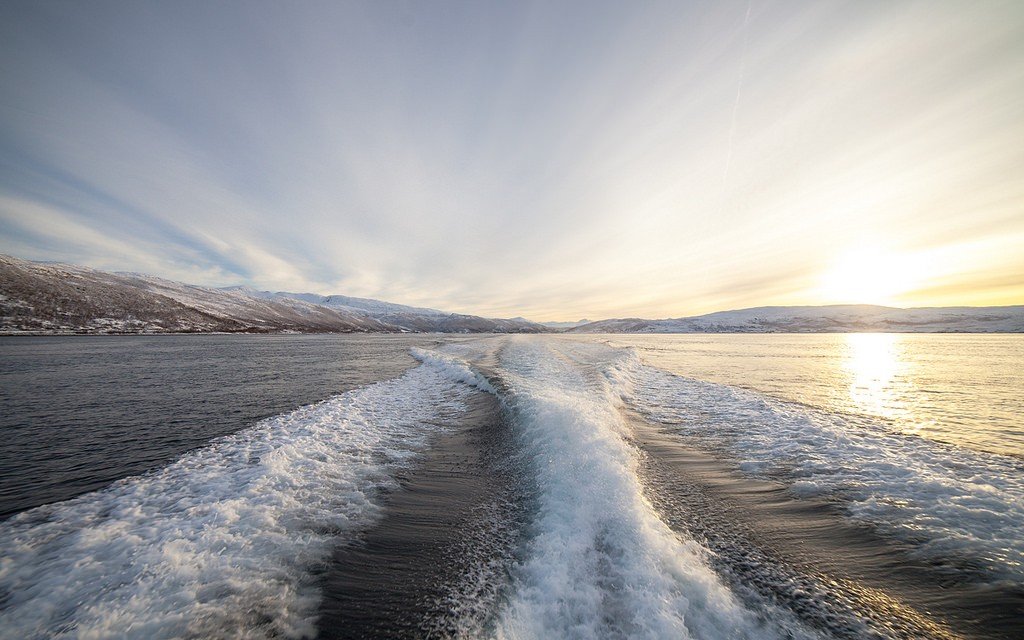
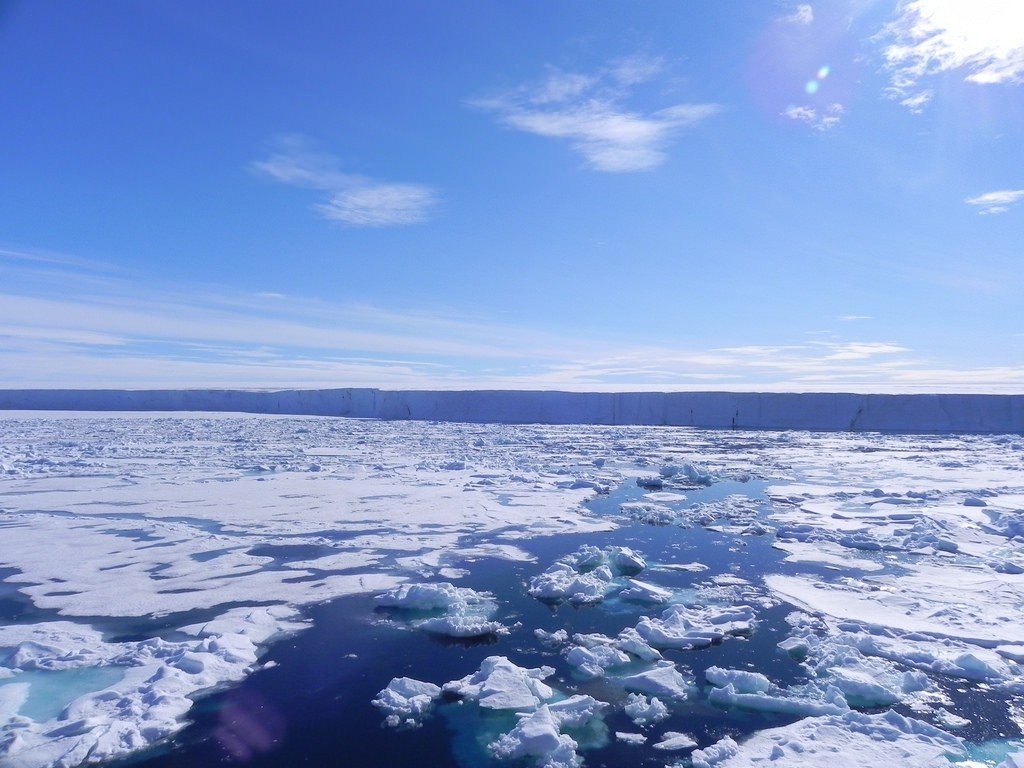
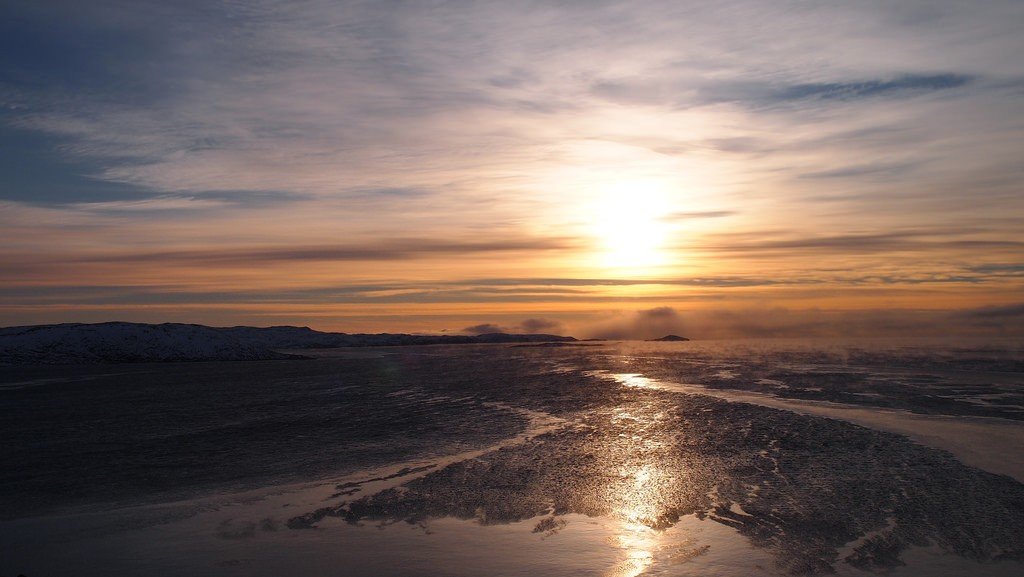
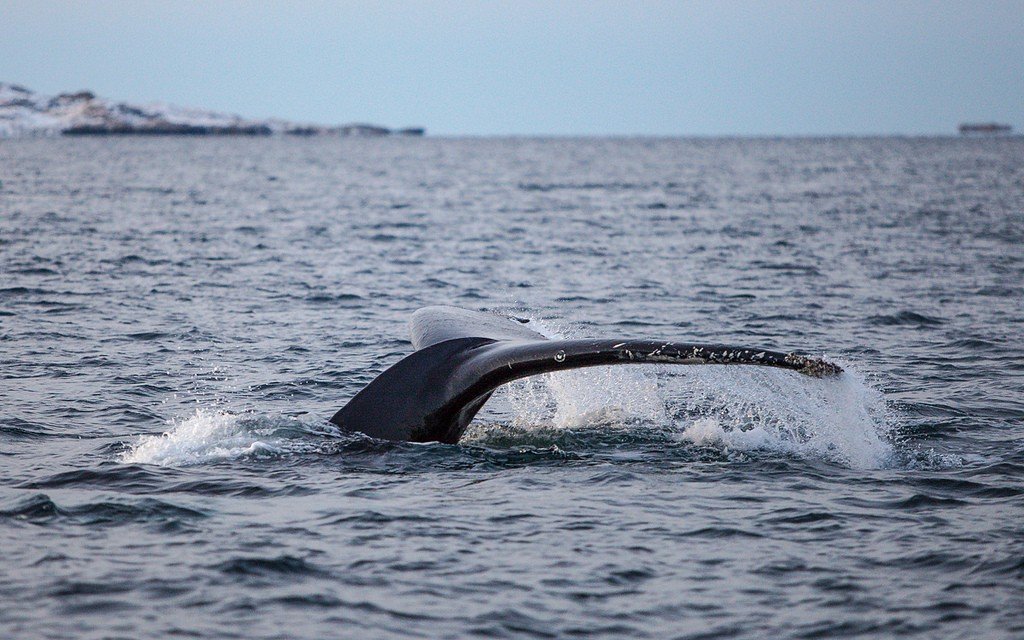
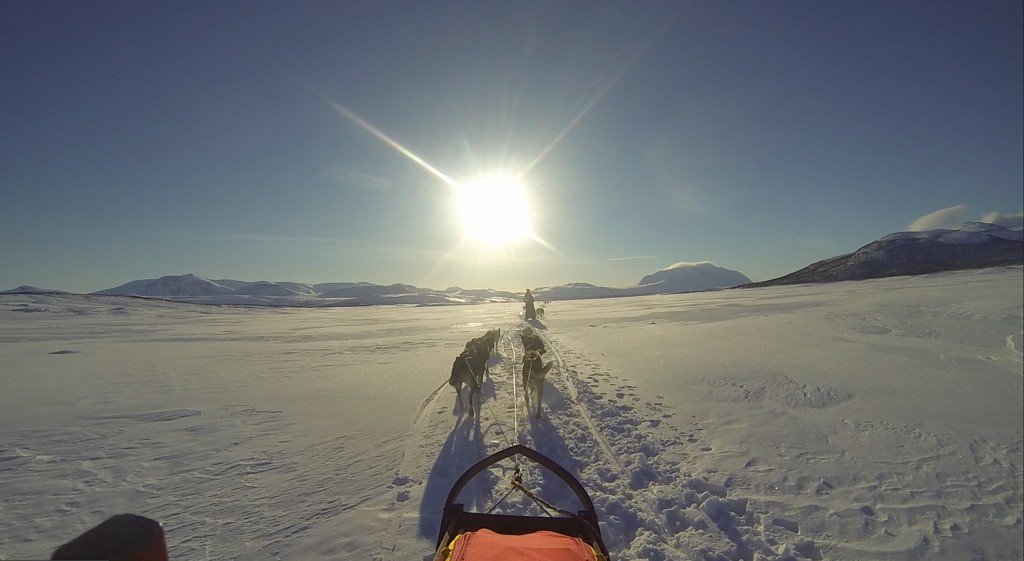
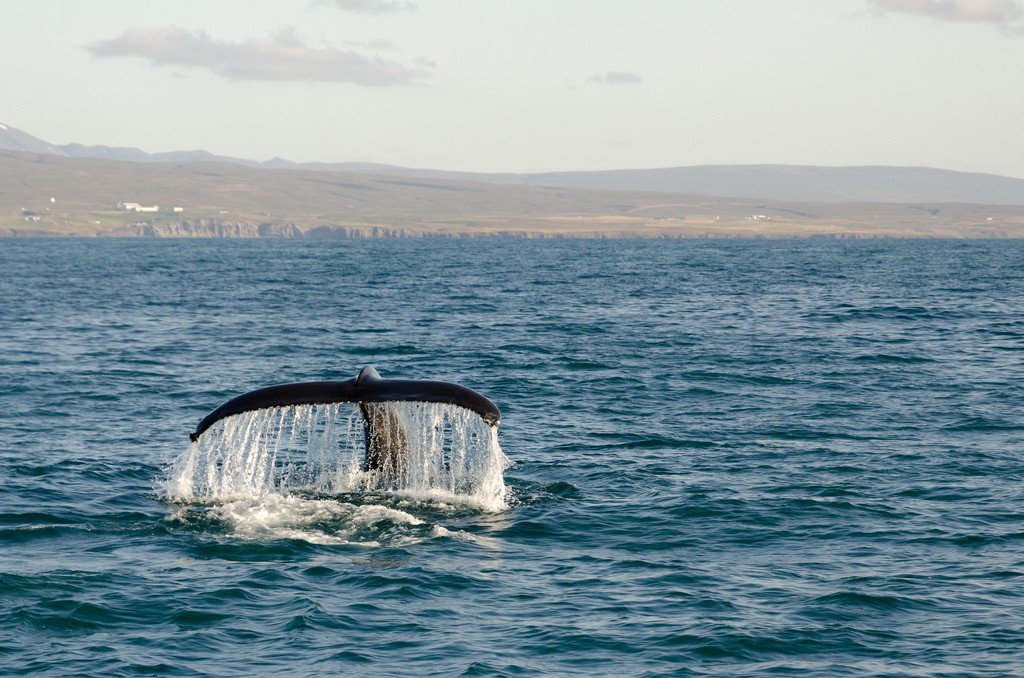
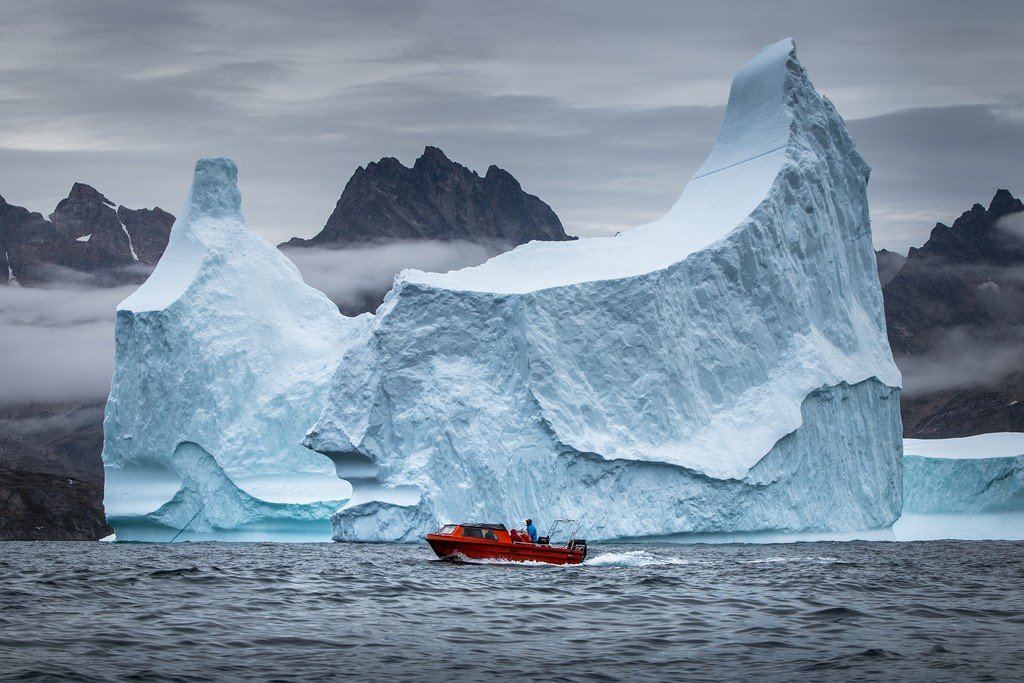
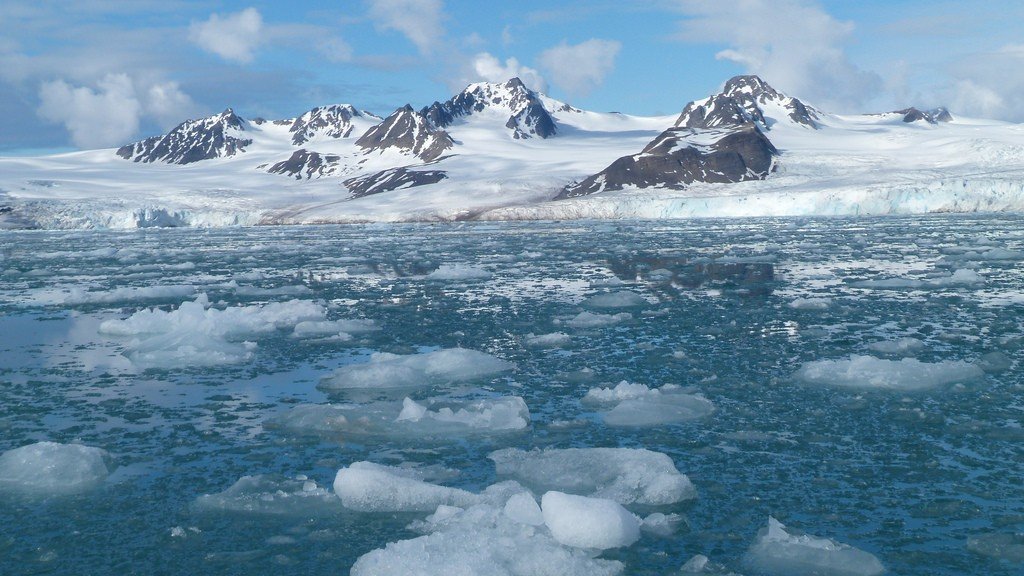
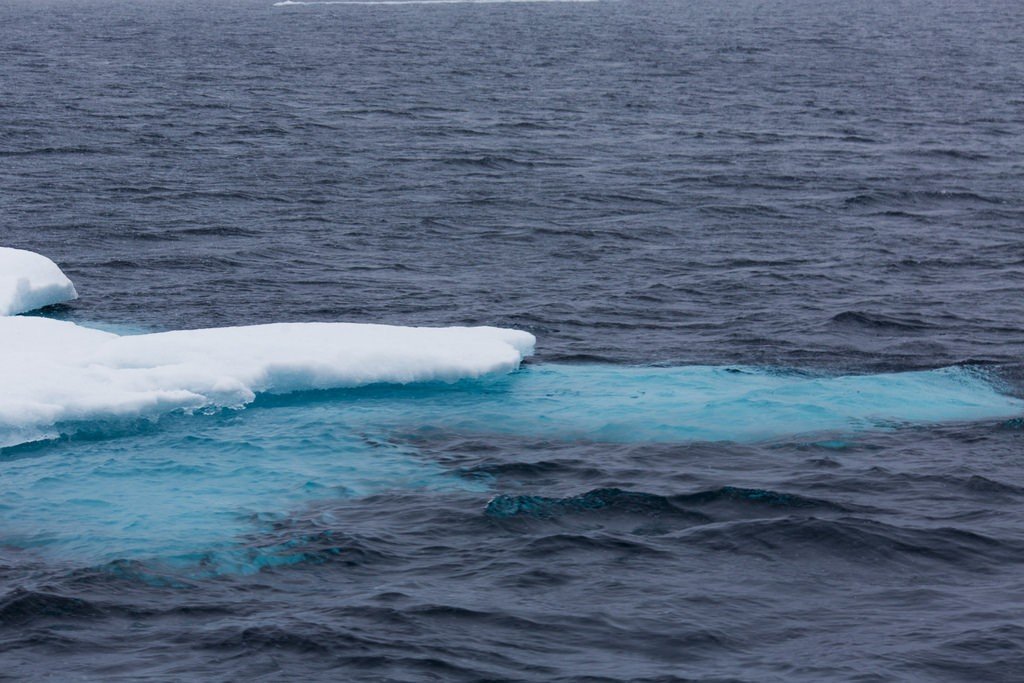
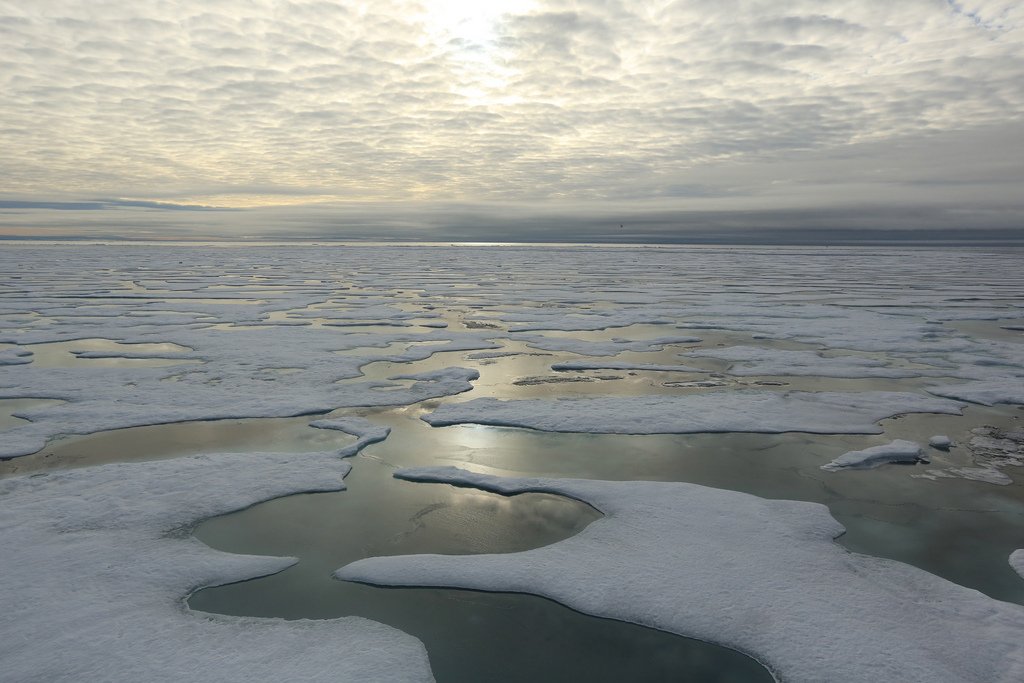
General Information
Area 14.75 million square kilometers, average depth 1225 m, greatest depth 5527 m in the Greenland Sea. Water volume 18.07 million km³.
.The coasts in the west of Eurasia are predominantly high, fjord-like, while in the east they are delta-shaped and lagoonal, and in the Canadian Arctic Archipelago they are predominantly low, flat. The coasts of Eurasia are washed by the Norwegian, Barents, White, Kara, Laptev, East Siberian and Chukchi Seas; North America – Greenland, Beaufort, Baffin, Hudson Bay, bays and straits of the Canadian Arctic Archipelago.
.The Arctic Ocean is second only to the Pacific Ocean in the number of islands. The largest islands and archipelagos of mainland origin are the Canadian Arctic Archipelago, Greenland, Spitsbergen, Franz Josef Land, Novaya Zemlya, Severnaya Zemlya, the Novosibirsk Islands, and Wrangel Island.
.The Arctic Ocean is usually divided into 3 vast water areas: the Arctic basin, which includes the deep central part of the ocean, the North European basin (Greenland, Norwegian, Barents and White Seas) and the seas located within the mainland shoal (Kara Sea, Laptev Sea, East Siberian Sea, Chukchi Sea, Beaufort Sea, Baffin Sea), which occupy more than 1/3 of the ocean area.
.The width of the mainland shoal in the Barents Sea reaches 1300 km. Beyond the mainland shoal, the bottom drops sharply, forming a step with a depth at the foot of up to 2000-2800 m, fringing the central deep-water part of the ocean – the Arctic Basin, which underwater ridges Gakkel, Lomonosov and Mendeleev is divided into a number of deep-water basins: Nansen, Amundsen, Makarov, Canadian, Podvodnikov, etc.
.
Fram Strait between the islands of Greenland and Svalbard of the Arctic Basin connects to the North European Basin, which in the Norwegian and Greenland Seas is crossed from north to south by the Icelandic, Mona and Knipovich submarine ridges, which together with the Gakkel Ridge form the northernmost segment of the world system of mid-ocean ridges.
.In winter, 9/10 of the area of the Arctic Ocean is covered by drifting ice, mostly perennial ice (about 4.5 m thick), and landfast ice (in the coastal zone). The total volume of ice is about 26 thousand km3. Icebergs are common in the Baffin and Greenland Seas. In the Arctic basin drift (for 6 or more years) so-called ice islands formed from the ice shelves of the Canadian Arctic Archipelago; their thickness reaches 30-35 m, so they are convenient to use for the work of multi-year drifting stations.
.The plant and animal life of the Arctic Ocean is represented by Arctic and Atlantic forms. The number of species and individuals of organisms decreases towards the pole. However, phytoplankton develops intensively throughout the Arctic Ocean, including among the ice of the Arctic basin. Animal life is more diverse in the North European basin, mainly fish: herring, cod, sea bass, haddock; in the Arctic basin – polar bear, walrus, seal, narwhal, beluga whale, etc.
.During 3-5 months, the Arctic Ocean is used for maritime transportation, which is carried out by Russia via the Northern Sea Route and by the United States and Canada via the Northwest Passage.
.The most important ports are Churchill (Canada); Tromsø, Trondheim (Norway); Arkhangelsk, Belomorsk, Dickson, Murmansk, Pevek, Tiksi (Russia).
.